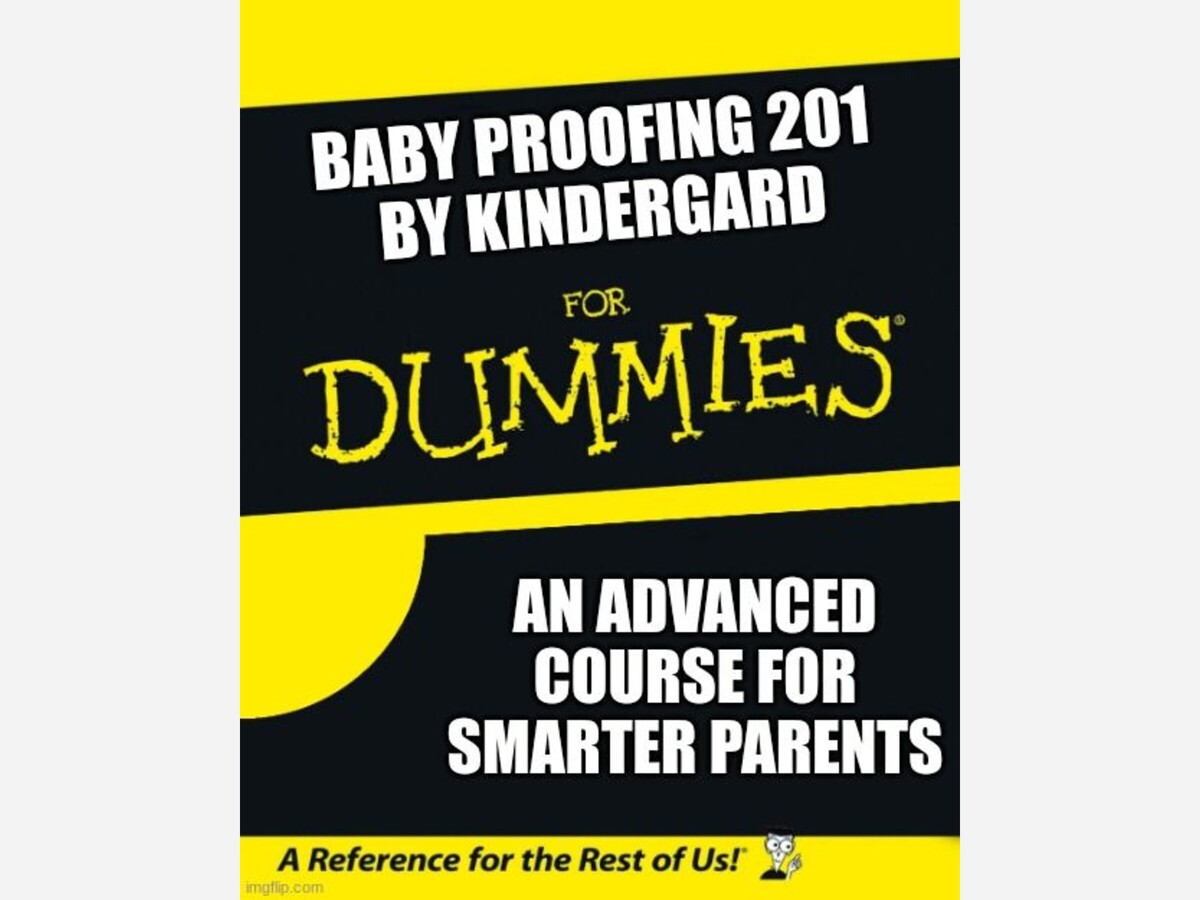Image


We’ve written a lot about baby proofing products. Everyone knows to buy KinderGard outlet covers to keep kids from sticking things in outlets. Everyone knows that sharp corners can be softened with edge protectors. And most new parents by now have heard about the 50 year old trick of getting down on your hands and knees and seeing the world from the height of a toddler.
Here’s a list of how to plan for the unexpected. Each of the things on this new list are hazards that have caused infant or toddler deaths within the United States. So let’s call this Baby Proofing 201 : An Advanced Course for Smarter Parents.
Welcoming a newborn into the world is an exhilarating and transformative experience for new parents. Amid the joy and excitement, it’s crucial to create a safe environment that prioritizes the well-being of your baby. While parents are often aware of the common safety hazards, there are several lesser-known risks that can catch them off guard. In this article, we will shed light on some unexpected baby safety hazards that new parents might overlook and provide valuable insights to ensure a secure and nurturing environment for their little ones.
Corded Window Coverings: Corded window coverings, such as blinds and shades, pose a significant risk of strangulation for infants and young children. The cords can easily become entangled around a baby’s neck, leading to serious injuries or even fatalities. It’s vital to opt for cordless window coverings or install cord safety devices to prevent this potential hazard.
Button Batteries: Button batteries are small, round batteries commonly found in remote controls, musical greeting cards, and various electronic devices. These batteries can be incredibly dangerous if swallowed by a child. If ingested, they can cause chemical burns or even result in life-threatening injuries. Parents should be vigilant about keeping these batteries out of their child’s reach and ensure secure battery compartments in toys and other gadgets.
Window Falls: Windows present a seemingly harmless opening to the outside world, but they can pose a significant risk for curious toddlers. Falls from windows can lead to severe injuries or, in worst-case scenarios, prove fatal. To minimize this risk, install window guards or window stops that restrict the window opening to a safe distance. Additionally, ensure furniture is kept away from windows to prevent climbing hazards.
Tip-Over Accidents: Furniture and appliances, such as dressers, bookshelves, and televisions, can become tipping hazards for infants and toddlers who are learning to pull themselves up and explore their surroundings. Secure heavy furniture to the wall using brackets or anchors to prevent tip-over accidents. Keep heavier items on lower shelves, and avoid placing tempting objects on top of furniture that might entice your little one to climb.
Hidden Choking Hazards: While small objects like coins and toys with small parts are commonly recognized choking hazards, there are other items that can easily go unnoticed. Pay close attention to household items such as buttons, loose change, pen caps, and small jewelry pieces, which can pose a risk to curious babies who explore their surroundings by putting objects in their mouths. Regularly scan your home for potential choking hazards and ensure they are out of reach.
Poisonous Houseplants: Houseplants can bring life and beauty into your home, but certain varieties can be toxic to infants and pets. Plants such as lilies, philodendron, and pothos are known to be poisonous if ingested. Be cautious when selecting houseplants and research their toxicity levels beforehand. Place plants in areas that are inaccessible to little hands or consider opting for non-toxic plant alternatives.
Hot Beverages: A comforting hot cup of tea or coffee may seem harmless, but hot beverages can cause severe burns if accidentally spilled on a baby. Always keep hot drinks away from the edges of tables and countertops, and use mugs with secure lids or handles when around your little one. Be cautious when holding hot beverages while carrying your baby.
Laundry Pods and Detergent: Laundry detergent pods may look enticing to curious little hands, but they can be extremely dangerous if ingested. Keep laundry pods and detergent out of reach in a locked cabinet or use childproof locks. Also, be mindful of detergent residue on clothing or bedding that comes into contact with your baby’s sensitive skin.
Pet Safety: Pets can be wonderful companions for children, but certain interactions may pose a risk. Never leave your baby unattended with a pet, no matter how gentle or familiar they are. Even the most well-behaved pet may react unpredictably in certain situations. Always supervise their interactions and gradually introduce them to ensure a harmonious relationship.
Mobiles and Crib Toys: While mobiles and crib toys can provide visual stimulation and entertainment, they can also become hazards. Ensure that the mobile is securely fastened to the crib and that there are no loose or small parts that could detach and pose a choking risk. Once your baby can sit up or pull themselves up, it’s time to remove the mobile to prevent accidents.
Creating a safe environment for your baby requires a comprehensive approach that goes beyond the obvious safety hazards. By being aware of these often-overlooked risks, new parents can take proactive steps to protect their little ones from potential harm. Regularly evaluating the surroundings, implementing safety measures, and staying informed about the latest recommendations are crucial steps to ensure a secure and nurturing environment for your growing family. Prioritizing baby safety will provide peace of mind and allow you to focus on cherishing every precious moment with your bundle of joy.
You can subscribe to more parenting tips at www.KinderGard.com